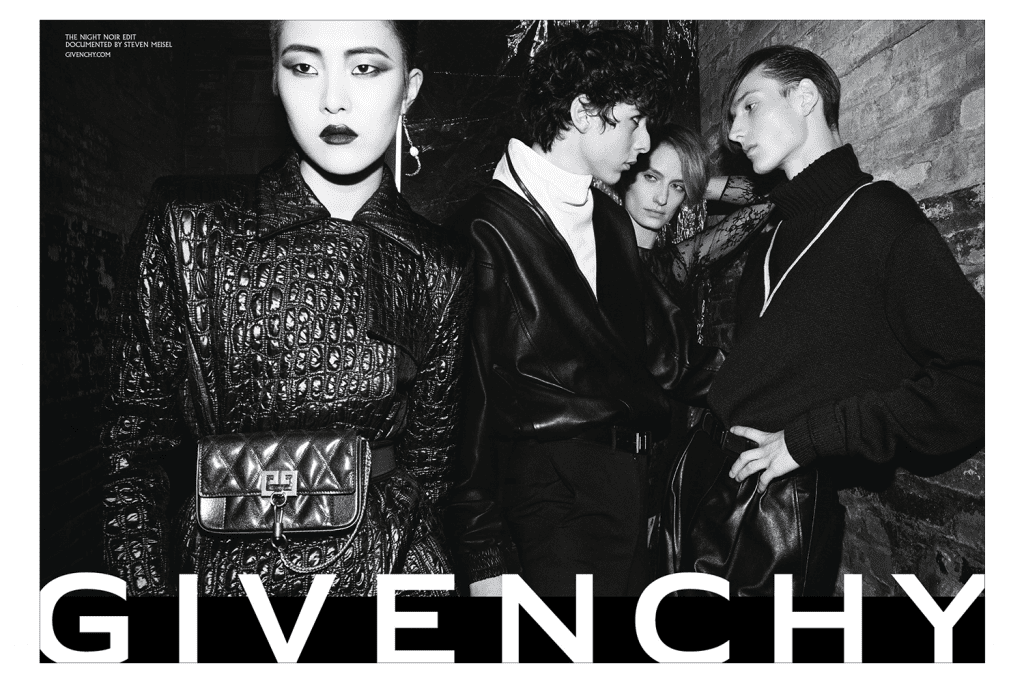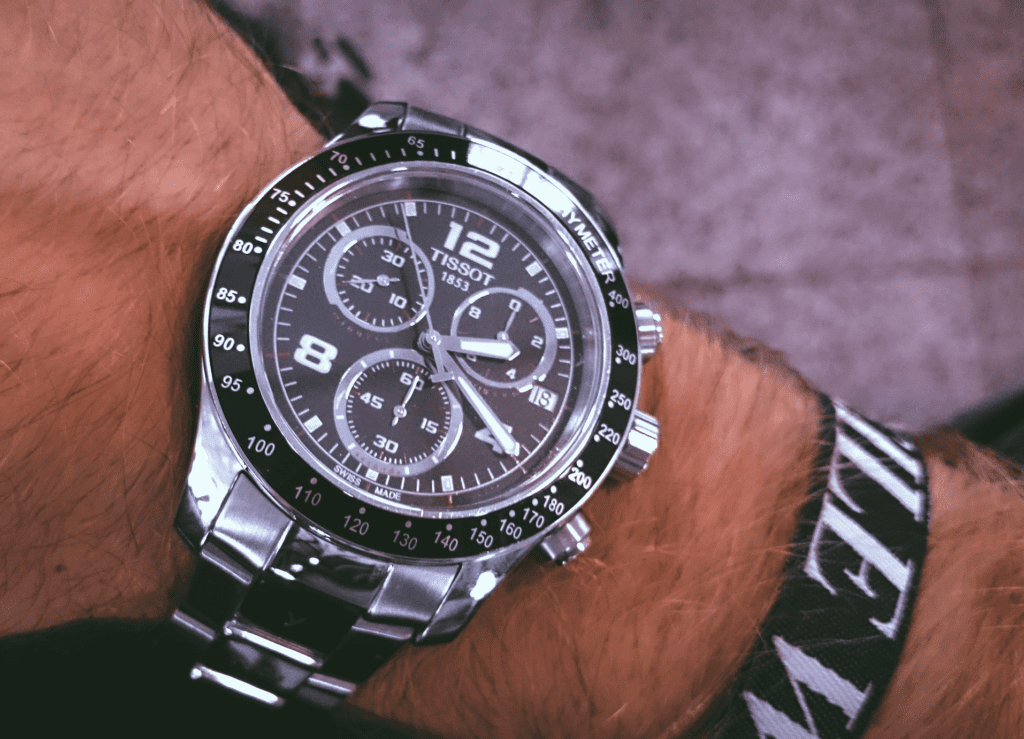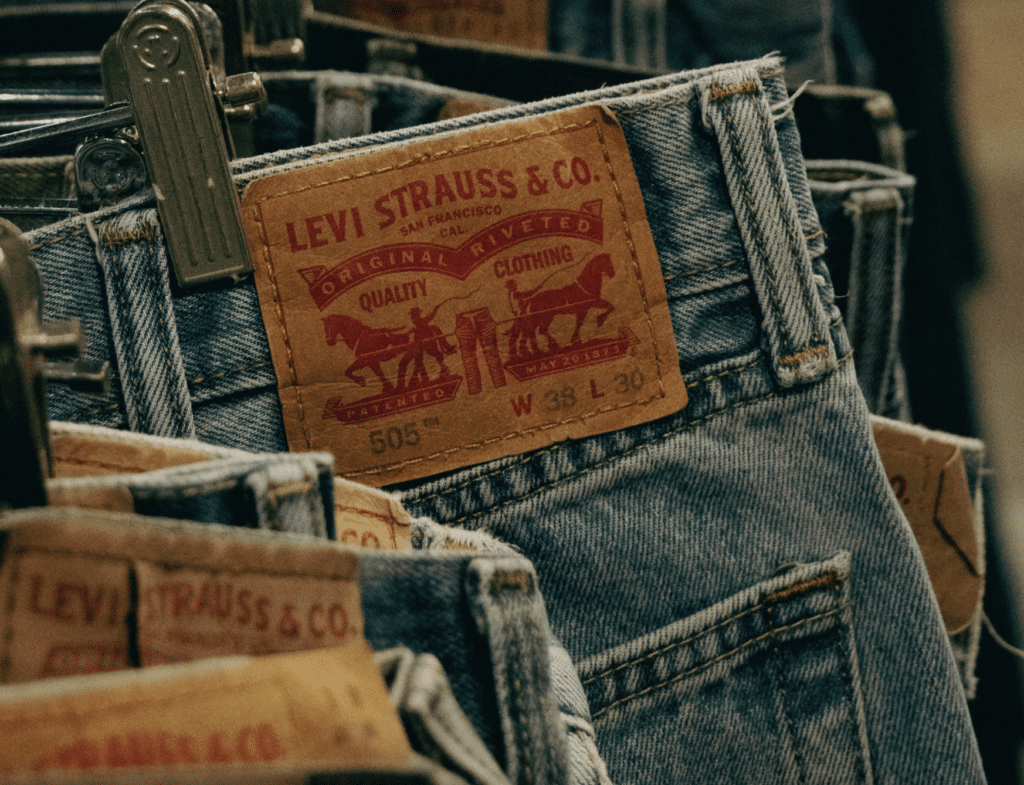Online ransom has been running rampant in industries ranging from big pharma and banking to fashion and retail, more generally, for years. As distinct from the traditional human in-exchange-for-money ransom situation, this entirely online iteration sees third parties registering potentially very-valuable domain names and refusing to give them up unless paid, often quite handsomely. This is called cybersquatting.
Part of a larger “proliferation of websites [being] used for counterfeit sales, fraud, phishing, and other forms of online trademark abuse,” cybersquatting is the bad-faith registration and/or use of a domain name that is identical to, or confusingly similar to another party’s trademark, or dilutive of a famous mark. Given the fashion’s widespread adoption of e-commerce and the multi-hundred billion dollar business that is luxury counterfeiting, the industry has been among some of the hardest hit, with 2018 being no different.
According to a recently-released report from World Intellectual Property Office (“WIPO”), 2018 saw continued growth in cases centering on cybersquatting. The number of cybersquatting-specific cases initiated with the WIPO last year grew by 12 percent compared to the year prior, with fashion industry occupants among the top 4 most vulnerable, following banking and finance, biotechnology and pharmaceuticals, internet and IT.
By way of the WIPO’s Arbitration and Mediation Center, brands can seek time- and cost-efficient mechanisms to resolve internet domain name disputes, without the need for court litigation. And that is precisely what many brands have done.
In 2018, Givenchy, for instance, looked to the WIPO to recover givenchyoutlet.com from an unauthorized third party. Fendi initiated a proceeding to claim feendi.vip, which has been registered by a Chinese entity. Manolo Blahnik filed a number of cases to retrieve domains, such as manoloblahnikoutlet.com, manoloblahnikes.com, manoloblahnik2017.com, and manolosblahnik.com. And still yet, YSL hoping to lay claim to boots-ysl.com and ysl.red, sought the help of the WIPO.
The fashion brands, among others, initiated 8 percent of all the Uniform Domain Name Dispute Resolution Policy cases with WIPO in 2018, the majority of which were filed on the U.S., followed by France and the United Kingdom, and centered on .com domains. While the total number of cases filed in 2018 across all sectors increased, setting “a new record” in terms of the volume of cases, the fashion industry-specific figure is down from 2017, when fashion brands were responsible for 11 percent of all WIPO cybersquatting cases.
As for why fashion’s number is down, it is worth noting that many brands are still relying somewhat heavily on courts to help them solve their counterfeiting and cybersquatting issues. Just this week, for instance, Chanel filed named a long list of defendants, as identified by domain name, in a trademark infringement and counterfeiting suit, seeking monetary damages, as well as ownership of the domain names that contain its trademark-protected brand name.











